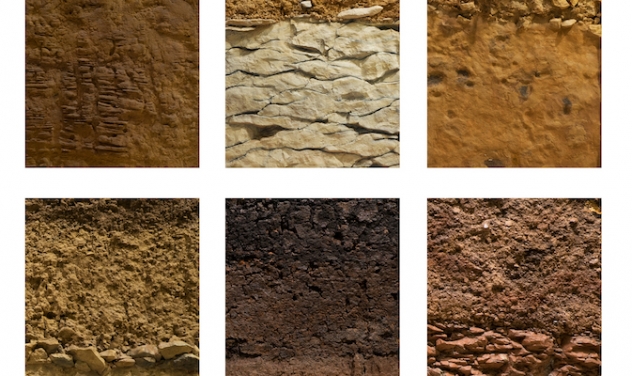THE CONSTRUCTIONIST.

JUL
18
5 WAYS IN WHICH SOILS DIFFER FROM ONE ANOTHER
Soil is vital to life and essential for growing most of the food we consume. Many soil experts describe soil as a natural body that forms as the result of these five factors: climate, organisms (plants, animals, and microorganisms), relief (shape of the landscape), parent materials, and time. It is these five factors that define soil and show how soil types differ from each other.
1. Climate
Temperature and precipitation are the main climate factors that cause soils to be different from one another. Precipitation determines how much water moves through the soil, and the minerals and salts that dissolve in it. Precipitation and temperature also help determine which plants and other organisms live in the soil. It is obvious that extreme heat climates versus areas that are covered with snow and frozen ground will grow different types of vegetation, plants, and have different bacteria and nutrients within the soil.
2. Organisms
The types of organismsliving in soil and the decomposition products of plant and animal tissues and wastes will affect the soil colour. Organisms can also affect the size and shape of the clumps of particles, called “peds,” that make up the soil’s structure.
3. Relief
Soils also differ from one another thanks to the shape of the landscape, or some experts call it “relief”. Soils on slopes, for example, often experience more erosion and thus are shallower than soils on the top of a hill. Soils at the bottom of the slope are often much deeper due to the deposition of the eroded soil from the slope above.
4. Parent Materials
Parent materials are the source from which soils develop, including minerals and rocks. Some soils form directly over bedrock, but many soils form in materials transported and deposited by glaciers, gravity, wind, rivers, lakes, or oceans. Soils inherit properties from these materials, including particle size and minerals. The minerals contribute colour, as well as chemical factors that affect pH and the availability of nutrients. Some minerals are softer than others, and weather more easily.
5. Time
All soil-forming processes take time. Younger soils are typically shallower and often more fertile than older soils. It typically takes less time for a soil to form in sediments deposited by wind than from bedrock, because plants can readily grow in sediments. Bedrock, on the other hand, has to weather first into soil-sized particles.
At Earthco Soil Mixtures, we provide quality soil that goes through our screening processes to ensure that it meets the expected standards for all of our customers. For custom soil mixtures, call 416.789.4789 today!
FIND A LOCATION NEAR YOU
BY POSTAL CODE
KMBY CITY















